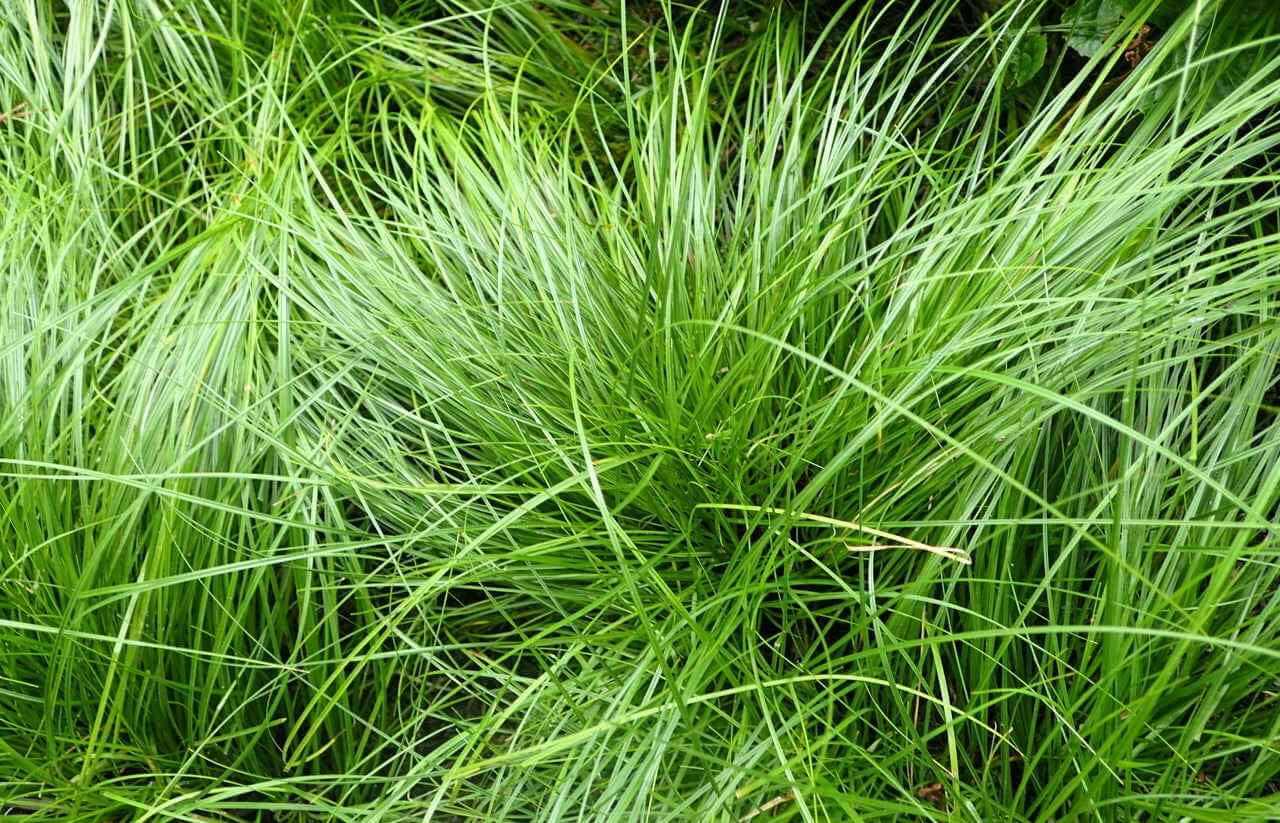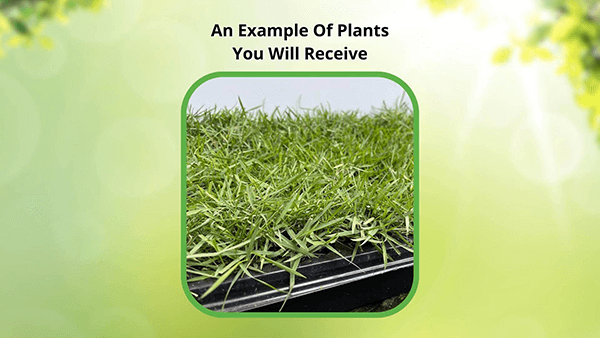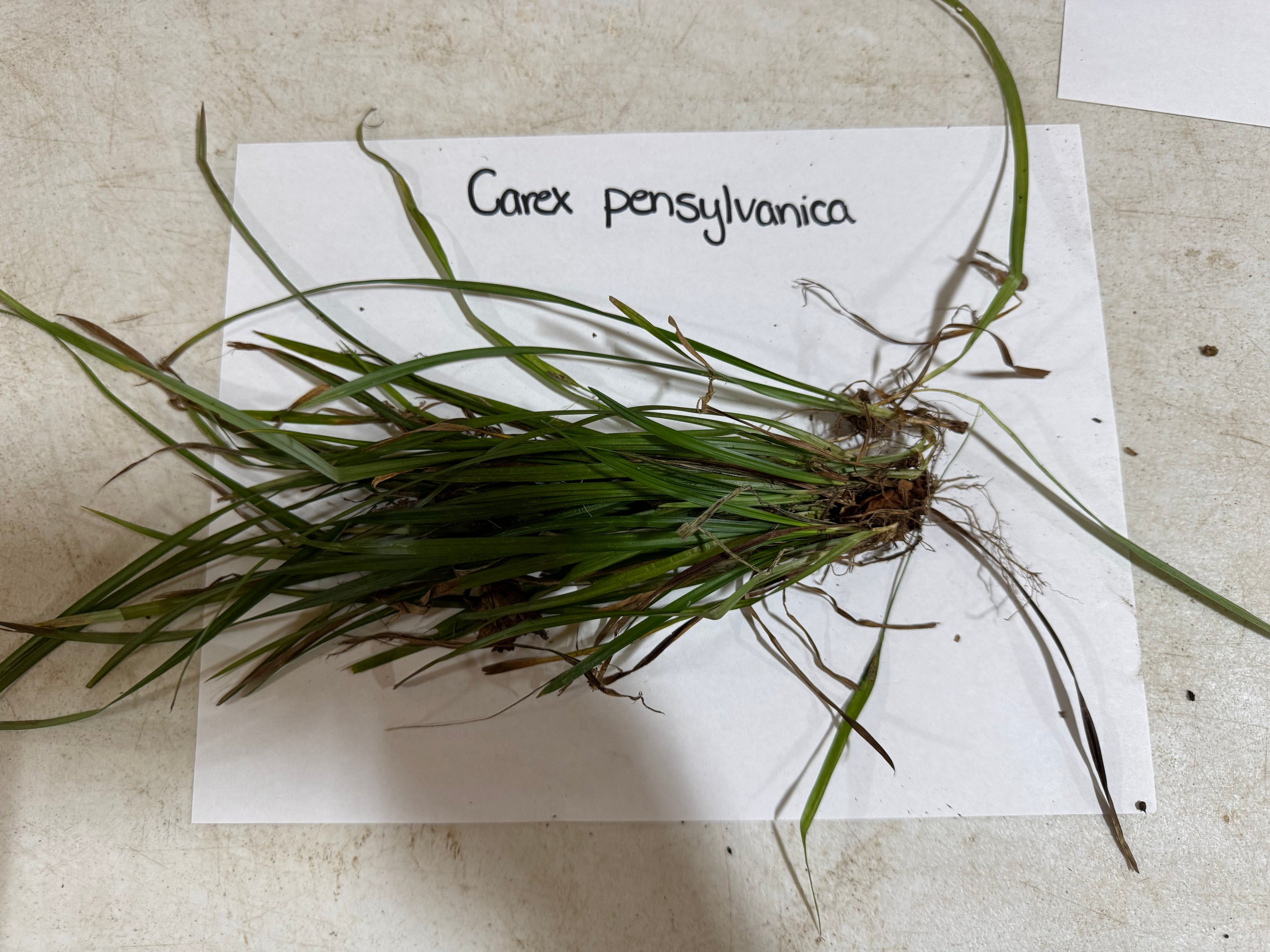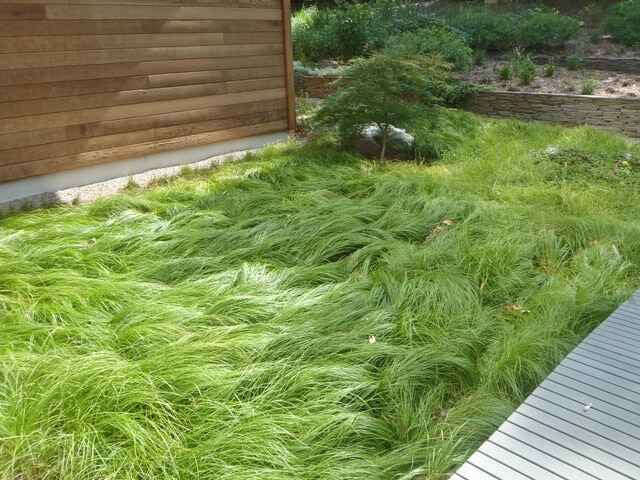Pennsylvania Sedge | Carex Pensylvanica
Pennsylvania Sedge is a versatile, low-maintenance ground cover that transforms any space into a lush and enchanting haven. With its graceful appearance, adaptability, and numerous ecological benefits, it is an excellent choice for residential and commercial landscaping projects.
Pennsylvania Sedge (Carex Pensylvanica) Is a Weeping Perennial Grass
It blooms from May to July each year. The blossoms usually feature white, green, or brown flowers. The grass can reach 20 inches tall and has a creeping growth habit with varying textures. Female spikes have lengthy, white, thread-like styles, while males are about an inch long and have creamy-yellow stamens. The leaves stay pale green during spring, turning a golden-tan hue during fall.
Use Pennsylvania (Carex Pensylvanica) Sedge For the Health of Your Soil
Its horizontally spreading roots extend deep into the earth. This allows the roots to loosen compacted soil, improving its structure by increasing aeration and drainage. On slopes and other regions vulnerable to erosion, these roots also do an excellent job of retaining soil.
As the Pennsylvania Sedge Plugs mature and die back, the decaying leaves and broken roots provide organic material for the soil. This organic material stimulates microbial activity, increases soil moisture retention, and improves soil fertility.
Add Depth And Texture
Because of its naturally low growth pattern, it forms thick clusters of leaves. And because these plants are thin and pliable, they spill over the sides of paths and flower beds with elegance. When used along edges and borders, this quality creates a weeping or cascading impression.
Their evergreen leaves' year-round color and texture add color and vitality to borders and pathways. Their feathery-soft leaves have a thin, delicate texture contrasting with the border's other hardscape features and plants. This characteristic draws the eye and creates a sense of depth in landscaping and garden areas.
Eliminate Weeds With This Plant
Shrubby is densely clustered, providing both cover and shade for the ground. This kind of dense growth can reduce the establishment and development of weeds by outcompeting them for nutrients, space, and sunshine. Many people use SEDGE to help with spring weed management and to keep annual weeds to a minimum in the winter. Shop Pennsylvania Sedge online.
Exposure
Pennsylvania Sedge (Carex pensylvanica) thrives in partial to full shade. It prefers dappled sunlight or areas with sunrise sun and evening shade, but it can also tolerate full shade, making it ideal for woodland gardens or shaded landscapes.
Height at Maturity
Under 3 Feet
Usage
Landscaping
Shipped As
Bare-root
Ships
USPS
Planting Zones
3-8




